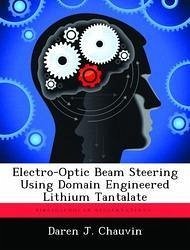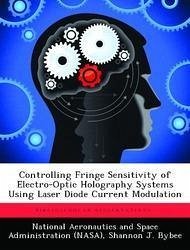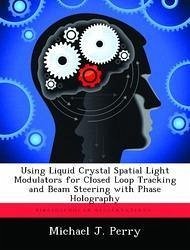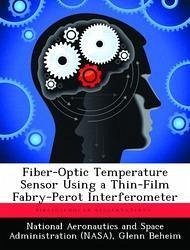Nicht lieferbar

Electro-Optic Beam Steering Using Domain Engineered Lithium Tantalate
Versandkostenfrei!
Nicht lieferbar
The operation of a 14-channel five stage electro-optic beam steering device was studied. Beam deflection scanned from 0 degrees to 10.1 degrees was demonstrated. The maximum angle is within 0.3% of design. Many laser systems in operation today implement mechanical beam steering methods that are often expensive in terms of cost, weight and power. They are slow and subject to wear and vibration. A non-inertial beam scanning mechanism, such as one based on the device studied in this research could enhance the performance of these systems. The device studied here is fabricated in LiTaO3 using micr...
The operation of a 14-channel five stage electro-optic beam steering device was studied. Beam deflection scanned from 0 degrees to 10.1 degrees was demonstrated. The maximum angle is within 0.3% of design. Many laser systems in operation today implement mechanical beam steering methods that are often expensive in terms of cost, weight and power. They are slow and subject to wear and vibration. A non-inertial beam scanning mechanism, such as one based on the device studied in this research could enhance the performance of these systems. The device studied here is fabricated in LiTaO3 using micro-patterned domain reversal. The 14 channels allow for steering large aperture beams while the five cascaded stages increase the total deflection angle. The steering mechanism is a series of prisms created through domain reversal with the index change across prism interfaces controlled electro-optically. The maximum coupling efficiency achieved was 61.6% for this device. Also, the far-field observations revealed a pattern consistent with a beam diffracted through a multi-slit aperture. Forbidden angles exist between modes caused by destructive interference regardless of the applied voltage. A discussion on a method to improve device design, which allows the forbidden angles, is presented. This work has been selected by scholars as being culturally important, and is part of the knowledge base of civilization as we know it. This work was reproduced from the original artifact, and remains as true to the original work as possible. Therefore, you will see the original copyright references, library stamps (as most of these works have been housed in our most important libraries around the world), and other notations in the work. This work is in the public domain in the United States of America, and possibly other nations. Within the United States, you may freely copy and distribute this work, as no entity (individual or corporate) has a copyright on the body of the work. As a reproduction of a historical artifact, this work may contain missing or blurred pages, poor pictures, errant marks, etc. Scholars believe, and we concur, that this work is important enough to be preserved, reproduced, and made generally available to the public. We appreciate your support of the preservation process, and thank you for being an important part of keeping this knowledge alive and relevant.










